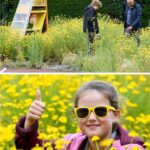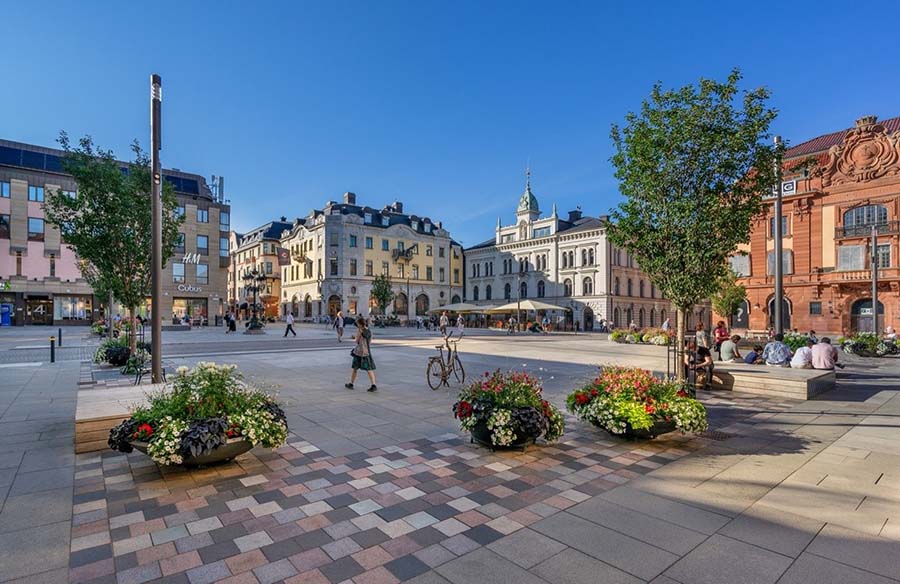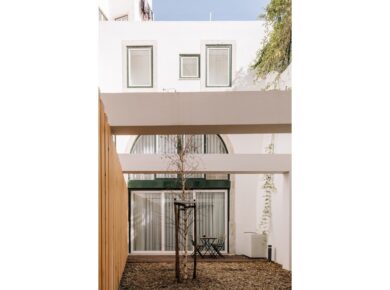Introduction to The Crack
The Crack, a project by Alive Architecture and Taktyk, initially appears as a well-executed contemporary depaving design. However, beyond its bold and legible aesthetic, the project aims to explore the true potential of landscape architecture in fostering community engagement and addressing urban challenges.
Historical Context and Site Challenges
Located in Kapelleveld, Brussels, a cooperative garden city designed by influential landscape urbanist Louis van der Swaelmen, the site was originally envisioned as a network of green lanes and a central park where neighbors could meet. Over time, however, the central park was never built, becoming privatized by a tennis club, and many green lanes were closed off. This led to a lack of accessible open space, creating a fragmented community comprising local middle-class residents, Italian migrants, and more recently, North African and East European immigrants.
The Role of Landscape Architecture
The project, The Crack, seeks to address the physical and mental barriers between these diverse groups. By reclaiming the central core of the site adjacent to the community center and activating an unused tennis plot, the project aims to reintroduce natural life cycles and co-construction processes. The “crack” in the site serves as a metaphorical and physical opening, connecting the community to the surrounding valley system.
Intentions and Impact
The initial intentions of The Crack were to advocate for the creation of a garden within the garden city, sparking debates and conversations about the role of landscape architecture in urban spaces. The project did not aim to provide definitive solutions but to reveal the existing tensions and encourage dialogue among the community members.
Conclusion
The Crack by Alive Architecture and Taktyk highlights the potential of landscape architecture to support collective endeavors and address urban challenges. By uncovering and activating neglected spaces, the project fosters community engagement and emphasizes the importance of connecting with the natural environment. The Crack serves as a thought-provoking example of how design can reveal and address underlying social tensions, contributing to the ongoing conversation about the role of public spaces in urban settings.





















